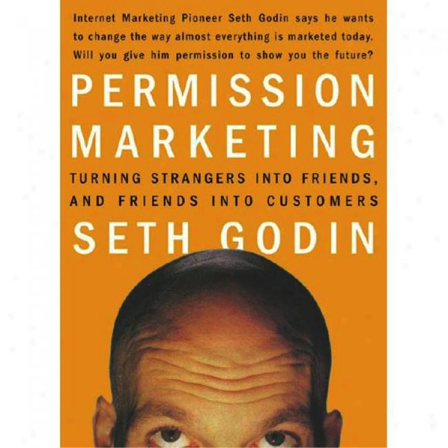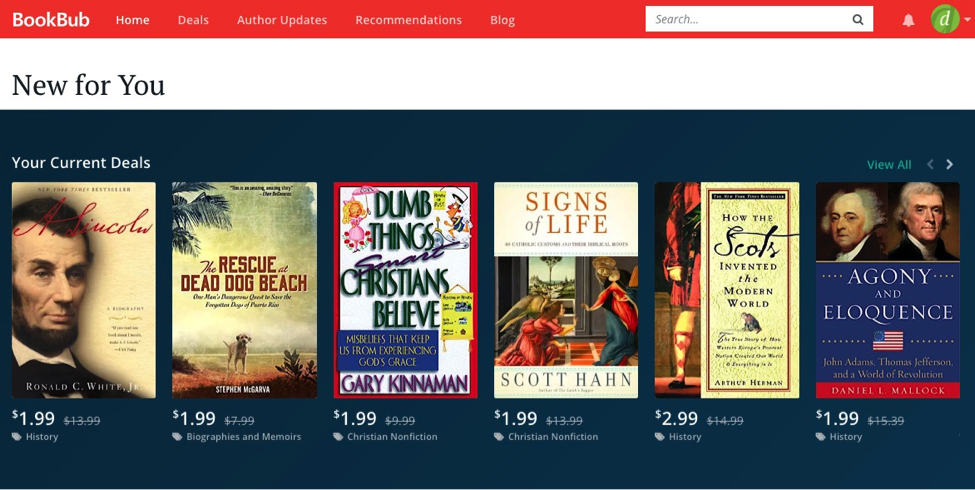“These days, people want to learn before they buy, be educated instead of pitched.”
-Brian Clark
Last week we talked about Zygi’s application of permission marketing. This week, I will outline Seth Godin’s method in Permission Marketing.
The Old Method: Interruption Marketing
Godin explained that for the last century, marketers have relied on interruption marketing. Interruption marketing is just what it sounds like. They interrupt listeners and viewers, causing them to think about their product or service.[i] They do this by advertising to the largest audience they can in order to cast their net far and wide.
Laundry detergent, denture cream, dog food, vacation packages, and legal services may all be advertised during the same half-hour sit-com. Few of the viewers need all of these products, but some of the viewers will need at least one of them. Marketers can still make money if just a small fraction of viewers are interested.
But this approach has led to increased competition and this space has become increasingly cluttered. Now, it is harder for the interruptions to be effective because prospects have become more adept at tuning them out.[ii] But the clutter that stymies traditional marketers is an advantage to permission marketers.[iii]
The New Method: Permission Marketing
Permission Marketers don’t try to sell to everyone. They are only looking for those who are interested in what they have to say. They are not broadcasting, but point-casting. Yes, they have to interrupt, but they only do it one time and then they move on.
They ask us whether we are interested in what they have to sell, but rather than immediately ask for the sale, they ask for permission to have a conversation. They continue to dialogue with those who respond and they ignore everyone else. The best part is that once they have secured permission to talk, communications from them are anticipated, personal, and relevant.[iv] In Godin’s words:
Permission marketing almost always follows the same simple steps. Each campaign is very different, but the concepts behind each step remain the same. Simply stated, you interrupt customers with a message designed to get them to raise their hand. That’s the way they volunteer or say ‘yes’ to begin a rewarding exchange of information accomplished over time, which builds trust that you can leverage into a sales relationship.[v]
Compare that with the last commercial you watched on TV. You tuned it out, didn’t you? Compare it with spam email. Spam emails go right in the trash, but if you are like me, you pay attention to communications from organizations to whom you have given permission. And they either respectfully continue to add value, or they are ignored. Eventually, if they do not add enough value, they are deleted.
Permission Marketing Done Right
Bookbub (www.bookbub.com) illustrates this process well. A nerdy friend referred me to the service. You sign up and select the genres of books you are interested in reading. Bookbub then sends you an alert when Kindle books in your selected genres are discounted for promotion.
According to Pew Research, 24 percent of Adult Americans haven’t read a book in the past year,[i] but that doesn’t bother the good folks at Bookbub. They are not interested in spending large amounts of money to make reading converts. They are far more effective when they focus on reading addicts like me.
I have bought hundreds of dollars of books through Bookbub and I look forward to their email when it comes. It is like a treat. It works. They have followed Godin’s formula of “turning strangers into friends and friends into customers.”[ii]
It works because they focus only on books. It works because they focus only on books I told them that I like. It works because they don’t waste my time upselling unrelated products. It works because they didn’t try to sell me hundreds of dollars of books immediately. They asked for permission to tell me when books I might be interested in are discounted. I granted that permission and they have established a trusted relationship (and they are regularly rewarded for it).
What About You?
Now that you understand the basics of permission marketing, how will you apply the principles to your business?
References
[i] Perrin, A. (2018, March 23). Who doesn’t read books in America? Pew Research Center. Retrieved from http://www.pewresearch.org/fact-tank/2018/03/23/who-doesnt-read-books-in-america/
[ii] Godin, S. (1999). Permission marketing: Turning strangers into friends and friends into customers. New York: Simon & Schuster. (p. 44).
[i] Godin, S. (1999). Permission marketing: Turning strangers into friends and friends into customers. New York: Simon & Schuster. (p. 25).
[ii] Godin, S. (1999). Permission marketing: Turning strangers into friends and friends into customers. New York: Simon & Schuster. (p. 27)
[iii] Godin, S. (1999). Permission marketing: Turning strangers into friends and friends into customers. New York: Simon & Schuster. (p. 40).
[iv] Godin, S. (1999). Permission marketing: Turning strangers into friends and friends into customers. New York: Simon & Schuster. (p. 43).
[v] Godin, S. (1999). Permission marketing: Turning strangers into friends and friends into customers. New York: Simon & Schuster. (p, 72).
______________

Dr. Darin Gerdes is a Professor of Management in the College of Business & the Director of Educational Technology at Charleston Southern University. All ideas expressed on www.daringerdes.com are his own.
This post was originally created for Great Business Networking (GBN), a networking organization for business professionals where Dr. Gerdes is the Director of Education.


